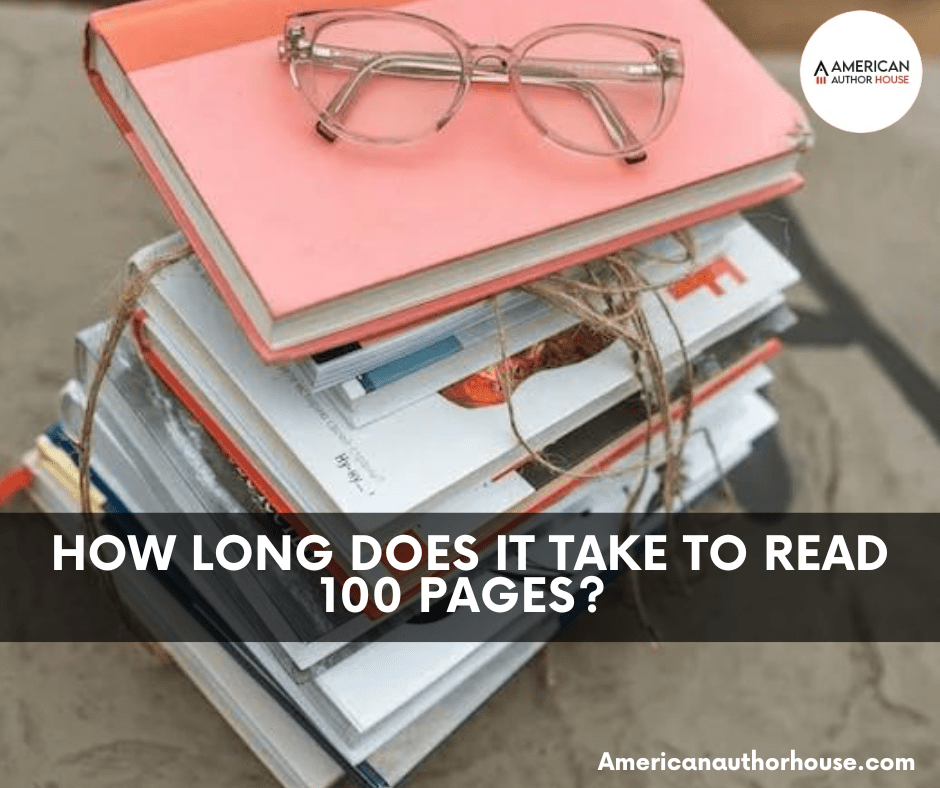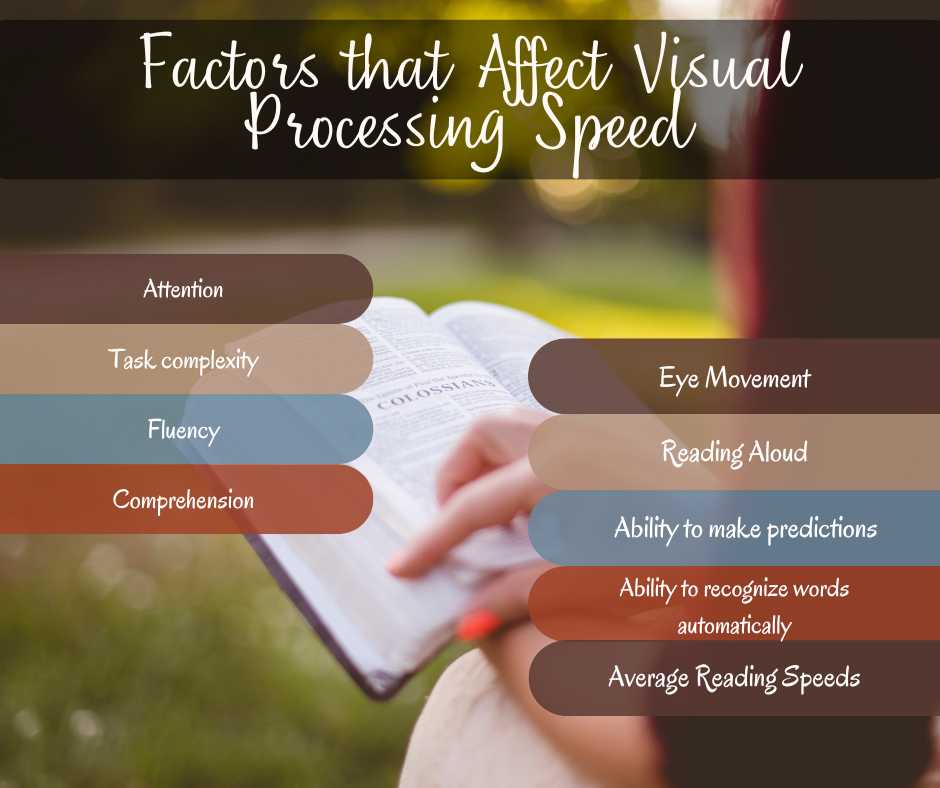
Book
If you’re an avid reader, you may have wondered how long it would take to read a particular book or a specific number of pages. Whether you’re a student with assigned reading or simply looking to tackle a new novel, understanding your reading speed can help you plan your time more efficiently.
Reading is an essential skill in many areas of life, from education to entertainment. However, reading can be time-consuming, and understanding your reading speed can help you plan your time more effectively. For more insights on reading and enhancing your reading experience, you can visit our blog post about Fantastic Fiction: Discovering the Best Fantasy and Sci-Fi Books. In this article, we’ll explore how long it takes to read 100 pages and provide tips to help you read faster without sacrificing comprehension. If you’re interested in reading tips, you can check out our detailed guide on How to Add Music to Google Slides – A Step-by-Step Guide.
Factors that Affect Visual Processing Speed

The following factors can affect how quickly you process visual information:
Attention:
If your attention is not focused on the task, it will take longer to process what you see. For example, if you’re reading this while talking on the phone or while thinking about something else, it will take longer than if you are focused on what you’re reading.
Task complexity:
If a task is more difficult or complex than usual, it will take longer. For example, if you are trying to read a paragraph but have never seen these words before (and don’t know how they’re spelled), it will take longer for your brain to process them than if they were familiar words you already knew how to spell.
Fluency:
You may be able to read faster than you can understand what you’re reading. This is called fluent, but not comprehending, reading. Fluent readers may comprehend as little as half of what they read.
Comprehension:
The ability to understand what we read is called comprehension, and it is related to our knowledge of the subject matter and our familiarity with it. People who are good at math will often be better at reading math texts than people who aren’t good at math.
Eye Movement
The eyes can move across the page at about 300 words per minute (WPM). We don’t fixate on every word in a sentence but rather skip between words. This allows us to read quickly and smoothly. However, some people have slower eye movements than others. For example, people who wear glasses may find it difficult to move their eyes quickly from word to word. This can slow down the reading speed for these individuals.
Reading Aloud
When you read aloud, your eyes move much more slowly than when you silently read a text. This is because your brain processes the written word differently when you speak it aloud versus when you read silently. Your vocal cords also take time to process each syllable, slowing reading speed even further. In addition, speaking out loud requires more focus than silent reading because you have to concentrate on pronouncing each sound correctly while simultaneously parsing the meaning of each sentence or paragraph.
Ability to make predictions
If you can predict what’s coming next, you can quickly anticipate and process words. Predictability is achieved when the reader has seen enough of the text to see how it is structured and put together. This requires reading enough of the text to understand what is going on.
Ability to recognize words automatically
When you have an automatic recognition of words, you do not have to spend time decoding each word as you read it. Automatic recognition is achieved when you have seen the word before or when there are clues about the meaning of a word from its context; for example, if a word appears in boldface type, capital letters, or italics, this may help you guess its meaning without having to decode it first.
Average Reading Speeds
Average Reading Speeds Reading speed is measured in words per minute (wpm). The average reading speed is 250 wpm, while good readers can reach 300 wpm, and expert readers can go as fast as 500 wpm. To discover more about reading speeds and comprehension, check out our article on How to Write a Book Review – Definition, Structure, Examples.
Book Writing Company published many books for beginners to improve their reading speed. If you’re interested in books and reading, you can explore our collection of Books by Author T. Chris Martindale.
If you’re a beginner, reading a book might take days. But with practice, you can increase your reading speed by at least 50% within a few weeks. And after months of practice, you could read at 500 wpm or even faster.
The average adult reads at 250 words per minute (wpm). That’s one page every two minutes — so it takes about 10 minutes to read 100 pages.
If you’re an average reader, you can expect to finish a novel in under four hours — but only if it’s an easy read without many long paragraphs or sentences. It could take much longer than that if it’s a challenging or dense text!
How Long Does it Take to Read 100 Pages?
Reading speed measures how many words you read in a minute. It’s also called wpm, which stands for words per minute. The normal reading speed is 250 words per minute (wpm). But there are variations among individuals: Some people read faster while others read slower. If your reading speed is 250 wpm, you can finish a 100-page book in 4 hours and 40 minutes. If your reading speed is 200 wpm, it will take 6 hours and 20 minutes.
Tips for Improving Reading Speed
There are many reasons to improve your reading speed. You might need to finish a book quickly or take a standardized test that requires you to complete a certain number of pages per minute. Whatever the reason, improving your reading speed will increase your comprehension and help you learn more in less time.
Here are some suggestions for improving your reading speed:
- Know Your Reading Level
- Practice Skimming and Scanning
- Use Visual Cues to Guide Your Eyes
- Break Up Difficult Passages into Smaller Pieces
Key Factor/Strategy and Profound Details
| Factor/Strategy | Description | Impact on Reading Speed |
|---|---|---|
| Attention | The degree of focus on the reading material. Distractions can slow down processing speed. | Decreases speed with lack of focus. |
| Task Complexity | Difficulty level of the reading material, including unfamiliar words and complex concepts. | More complex tasks slow down reading speed. |
| Fluency | The ability to read text smoothly and quickly. | Higher fluency can lead to faster reading but may impact comprehension. |
| Comprehension | Understanding the content being read. Tied to prior knowledge and familiarity with the subject. | Essential for effective reading; too fast can reduce comprehension. |
| Eye Movement | The speed at which eyes can move across the page. Slower in some individuals, like those wearing glasses. | Varies; slower eye movement can reduce speed. |
| Reading Aloud | Involves vocalizing the text, which is a slower process than silent reading. | Significantly slower than silent reading. |
| Ability to Make Predictions | Anticipating upcoming text based on the structure and content already read. | Can speed up reading if predictions are accurate. |
| Automatic Word Recognition | Recognizing words without needing to decode them each time. | Speeds up reading by reducing decoding time. |
| Know Your Reading Level | Understanding your own reading abilities and choosing materials accordingly. | Appropriate level improves speed and comprehension. |
| Practice Skimming and Scanning | Techniques for quickly identifying main ideas and important details without reading every word. | Increases speed, particularly for gathering specific information. |
| Use Visual Cues | Using guides like fingers or a pen to direct eye movement and focus. | Helps in faster navigation through text. |
| Break Up Difficult Passages | Dividing complex sections into smaller, more manageable parts. | Enhances understanding and maintains a steady reading pace. |
Conclusion
Knowing your reading speed can help you plan your time and make reading more efficient and enjoyable. By understanding the factors that affect reading speed and implementing strategies to improve it, you can become a faster and more efficient reader without sacrificing comprehension. Book Writing Company published many books for beginners to improve their reading speed.



